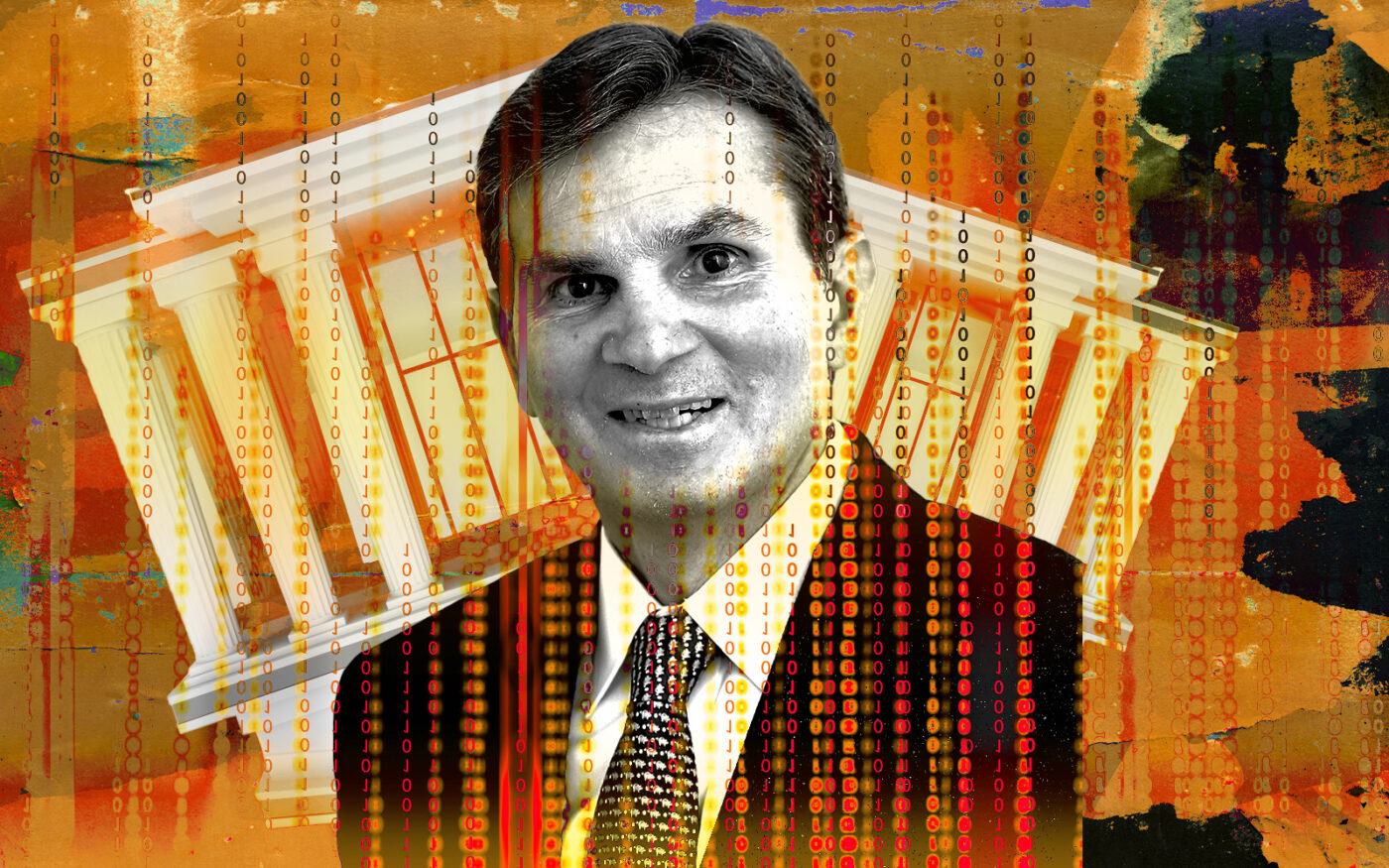Trending
Shaky data, “crisis of confidence” led to Signature’s downfall
Department of Financial Services refutes crypto’s role in failure

More details are emerging about the stunning failure of multifamily lender Signature Bank.
A spokesperson for the state’s Department of Financial Services said the New York-based bank “failed to provide reliable and consistent data, creating a significant crisis of confidence in the bank’s leadership,” Bloomberg reported.
The spokesperson added that regulators’ decision to seize the bank Sunday was related to its ability to conduct normal business.
The Federal Deposit Insurance Corporation took control of Signature after the state agency seized the bank, and set up a bridge bank for clients. Signature’s failure was the third-largest bank collapse in U.S. history, trailing Washington Mutual’s implosion in 2008 and Silicon Valley Bank’s bust last week.
Signature board member Barney Frank, the former member of Congress, has said he was “surprised” by the DFS’ decision and suspected it was linked to the bank’s cryptocurrency exposure. He also said that although the bank’s balance sheet was volatile, he believed that executives had it under control and that the bank would have been able to open on Monday.
“By Sunday morning, the executives of the bank believed they had satisfied the need for the data and had secured the capital from the discount window and elsewhere,” Frank claimed.
The DFS spokesperson denied that Signature’s wooing of cryptocurrency deposits had anything to do with the bank’s seizure, but did note the outflow of funds from the bank over the weekend.
That outflow was substantial: On Friday, Signature lost 20 percent of its deposits. That’s roughly $17.8 billion in a single day. That followed depositors’ attempts to remove $42 billion from Silicon Valley Bank on Thursday.
Read more
As of Dec. 31, Signature had $89 billion of total deposits — much of it landlords’ money — and $110 billion in total assets. The government has said customers will get all of their deposits back.
Still, the multifamily sector, which had banked with Signature for years, is scrambling to figure out what to do now.
— Holden Walter-Warner







